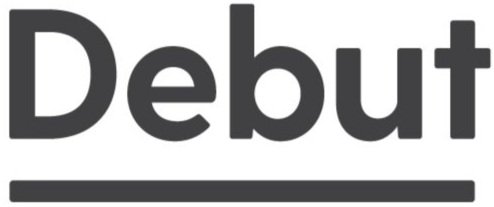The Sonic Boom
Why Sonic Branding Will Be the Next Big Explosion Online
What do McDonald’s, Netflix, and Apple all have in common?
All are strong brands you can recognize, not only by sight but also by sound. Sonic branding is everything we hear in relation to a brand. From the sonic logo to advertising music and even the sound effects used in apps or ordering systems.
The Sonic Boom
Every sound is an opportunity to create a brand touch point or to change the way consumers think and feel. That’s why Netflix and many other big companies are now investing in creating an effective sonic presence.
Sonic branding is a powerful way to connect to audiences and behavior science research can help explain why. Let’s take a look at Rania’s experience.
1. Sound bypasses the fight for visual attention
In the information age, there are a lot of distractions competing for Rania’s attention. If she’s watching TV, she likes to scroll on her phone through the commercial breaks.
But even while she’s not looking at the screen, her brain is processing the sounds and music.
In a world full of distractions, sonic branding creates a bridge between companies and consumers by bypassing visual attention. As brands fight for our eyeballs on every screen available, they’re shifting towards asking audiences to listen rather than look.
2. Sound reaches our emotions, which largely drive human behavior
Rania likes to think of herself as a logical person. The truth is, the human brain is driven by emotion and Rania is no exception to that rule.
She has decided to watch a horror movie. But, since it’s late at night and she doesn’t want to disturb her family, she watches it on mute and reads the subtitles. After 20 minutes, she finds herself incredibly unmoved.
Music moves us. And the capacity to drive emotion is what makes sonic branding so compelling. Even sounds as short as 0.2 s can have an emotional impact. ¹
A brand identity should be more than just visible, it should be palpable and immersive. Sound allows us to do that.
You can use sonic branding to build anticipation, like the classic two-beat Netflix logo that chimes when you sign in. Or to communicate warmth and friendliness, like the classic McDonald’s jingle “I’m lovin’ it”. Mastercard has gone so far as to create a sense of safety and security with their carefully designed transaction chimes.
That brings us nicely to the next point.
3. Sound allows brands to increase the ways they reach their audiences
Rania is one of the 73% (an estimated 209 million people in the US) that have listened to online audio in the last month. ²
As a modern young woman, she experiences everything from social sonic entities like Alexa or Google Home to multimedia experiences in the Metaverse.
As the industry evolves, brands need to keep up and reach their audiences in the spaces where they are, in the way they want to be reached. Audio is essential in a socially vibrant and dynamic virtual setting.
And if that doesn’t convince you, research also shows that 33% of adults under the age of 35 have more positive feelings towards brands with a sonic identity. ³
Sonic experiences are key to cultivating emotional connections with audiences.
Sonic branding tips
Tips to consider when creating your sonic identity.
1. Keep it simple - Short, simple sounds are the key to being memorable.
2. Use original sounds - Avoid using sounds that may have other associations.
3. Ensure the sounds are relevant to the social platform - Be sure to pay attention to the specific requirements of each platform in order to sound your best and reach your audience most effectively.
4. Consider the context - Every sound, click, tone, swipe or beep is not just a simple tactic, it’s part of the experience and the sound imagery that tells the story. All of this should tie back into the overall brand identity and work in cooperation with other brand elements.
5. Start long, then cut short - You might be tempted to start with your sonic logo. But for a truly cohesive sonic experience, it works better to establish longer sounds (like demo music for example) and use components to build your shorter sounds (like a transaction beep).
References
Bigand, Emmanuel, Suzanne Filipic, and Philippe Lalitte. "The time course of emotional responses to music." Annals of the New York Academy of Sciences 1060.1 (2005): 429-437.
Edison Research. (2022, March 23). The infinite dial 2022. Edison Research. Retrieved August 3, 2022, from https://www.edisonresearch.com/the-infinite-dial-2022/
Home | dazed studio. (n.d.). Retrieved August 3, 2022, from https://dazed.studio/media/kysdzf3w/dazedmedia_2031afutureworld_thereport.pdf





